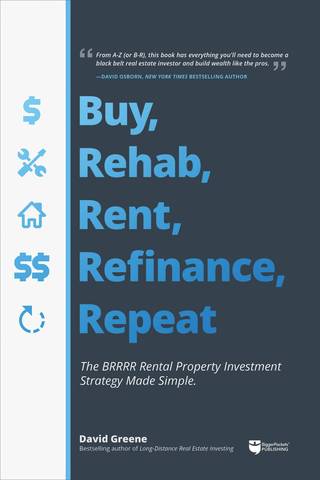House Flipping Investing Calculator

- Estimate your potential house flip profit the easy way
- Calculate potential profit over customizable timelines
- Include all the costs to determine the true value
- Create printable PDFs to show lenders or partners*
- Avoid paying too much for your next flip

Use the House Flipping Calculator on BiggerPockets to decide if a fix and flip deal would be a solid addition to your portfolio. Begin using the fix and flip calculator by simply starting a report and following the steps of inputting the property, purchase, and sale information. Once users have entered this information, they will be able to review the results of the report to analyze if each fix and flip deal is right for them.
Looking for Real Estate Professionals?
No matter where you might be in the fix and flip process, you are likely in need of a real estate professional service of some kind. BiggerPockets’ company directory is built to help real estate investors find:
What to Consider With a Fix & Flip
There are plenty of things to consider before entering into a fix and flip property investment. When analyzing a deal, be sure to keep the fix and flip costs in mind:
Acquisition Costs
The ARV of the property is the expected property worth after the repairs are complete. Investors can often get a good estimate on this by looking at comparables in the area. The ARV is a key value to use when determining what to offer on a property, as the purchase price plus rehab costs should still leave room for (hopefully significant!) profit upon sale.
This is the price that the investor actually paid for the property. It isn’t necessarily what the property is worth or was listed at, but what actually was paid.
These are the extra expenses that buyers and sellers pay for property at the closing of a real estate transaction. On average, closing fees cost around 2-5% of the property’s purchase price.
This is the total cost of acquiring a property, including the purchase price and the closing costs.
Rehab Costs
 Cost of materials
Cost of materials
 Cost of labor
Cost of labor
 Cost of permits
Cost of permits
Have an Exit Strategy
- Lower the Price: Understanding the bottom line and how close you can get to it with lowering the listing price is extremely important. Every day the property sits on the market, it costs the seller money, so strategically lowering the price can save money in the long run. Consider this when planning exit strategies.
- Lease Options: A lease option entails finding a buyer that may have some money and is able to put down a deposit. That deposit and their subsequent lease option payments secures their right to buy that property at some predetermined date down the road.
- Landlording: Another option is landlording; which is nothing more than buying a property and then renting it out. If you decide you don’t want to sell the house at a lower price, then renting is a good option.



